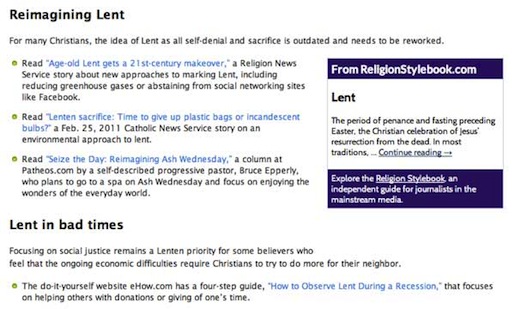The traditional social, economic and religious structure of Indian society, which divided people into four broad groups, or castes (“varna” in Sanskrit), and multiple smaller groups, or subcastes (“jati”). While it is believed that the system was once simply a division of labor and guild system, determined by skills and aptitude, it became a rigid hereditary hierarchy in which restrictions were placed on one’s social mobility, job opportunities, marriage prospects and even whom one could eat with. Although caste discrimination is illegal in India and most Hindu leaders stress that it is not sanctioned in Hinduism, it is still practiced among followers of all religions throughout South Asia. An additional group, the untouchables, was created from the lowest caste for people who performed tasks considered “polluting” in a physical or spiritual sense. Since the early 20th century, the Indian government has called this group the “Scheduled Castes.” See also Dalit, Harijan, jati, untouchable and varna.
caste system
This entry was filed in Hinduism, Religion and culture. Bookmark the permalink.
Feel free to email us with questions and comments. Feeling lucky? Go to a random entry.

